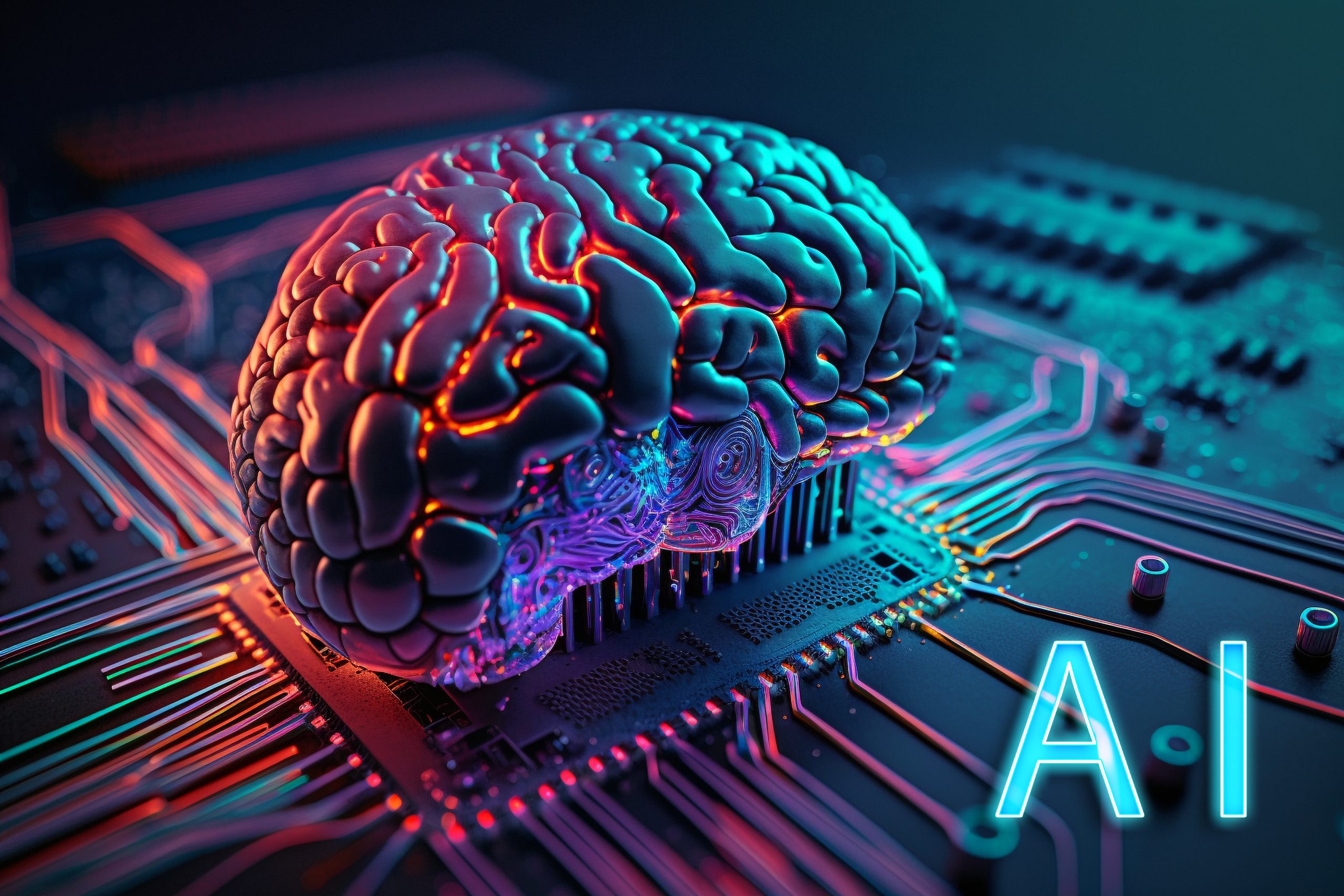Baeugi News Hub
Your source for the latest news and insightful articles.
When AI Meets Imagination: A Creative Revolution
Discover how AI sparks creativity and transforms imagination into reality in this groundbreaking exploration of the future of innovation.
Exploring the Synergy: How AI Enhances Creative Thinking
The synergy between artificial intelligence and creative thinking is revolutionizing the way individuals and organizations approach problem-solving. AI enhances creative thinking by providing tools that facilitate ideation and innovation. For instance, AI algorithms can analyze vast datasets, identifying patterns and trends that may not be immediately obvious to human minds. This capability enables creatives to expand their thinking horizons, leading to more informed and groundbreaking ideas. By integrating AI into the brainstorming process, teams can leverage the technology to generate diverse perspectives, ultimately fostering a more dynamic creative environment.
Moreover, AI can serve as a collaborative partner in the creative process, assisting in tasks that require enhanced efficiency and precision. For example, AI-powered tools can automate repetitive tasks, allowing creatives to focus on higher-level concepts and artistic expression. In this context, the human-AI collaboration can lead to unexpected breakthroughs, as AI suggestions or interpretations can spark new lines of inquiry. The result is a harmonious blend where technology amplifies human creativity, making the exploration of ideas not only more efficient but also more enriching.

The Future of Art: Can AI Be Truly Creative?
The realm of art is undergoing a dramatic transformation, thanks in large part to artificial intelligence. As AI continues to evolve, many are left wondering can AI be truly creative? Unlike traditional tools used by artists, AI systems have the ability to learn from vast datasets and generate unique pieces that reflect the styles and techniques of human artists. This has led to the emergence of AI-generated art, which raises intriguing questions about authorship, originality, and the very definition of creativity itself. Are these algorithms merely mimicking human creativity, or have they the potential to develop their own artistic voices?
While some critics argue that AI-generated works lack the emotional depth and subjective experience that characterize human art, others believe that these innovations represent a new frontier for artistic expression. AI can be truly creative if we consider creativity as the ability to synthesize and innovate based on learned patterns. Today, collaborations between artists and AI, such as those seen in interactive installations or generative art, showcase how technology can complement human creativity rather than replace it. As we explore this dynamic relationship, we must ask ourselves: what does the future hold for art in a world where machines can create?
AI-Driven Design: Transforming Imagination into Reality
AI-Driven Design is revolutionizing the way creatives conceptualize and execute their ideas, bridging the gap between imagination and reality. Gone are the days when designers spent countless hours sketching and refining concepts; with the advent of advanced algorithms and machine learning, AI tools can now analyze vast amounts of data to suggest innovative design solutions. This not only enhances productivity but also encourages creative exploration, allowing designers to experiment with styles, colors, and layouts like never before.
The impact of AI on the design industry is profound. For instance, consider how AI-powered software can generate multiple design variations based on user input, making it faster and easier to identify the perfect aesthetic. Furthermore, by employing artificial intelligence in areas such as user experience (UX) and user interface (UI) design, companies can create tailor-made solutions that resonate with their target audience, ultimately leading to better engagement and increased conversion rates. As the capabilities of AI continue to evolve, the future of design promises to be even more dynamic and inspiring.